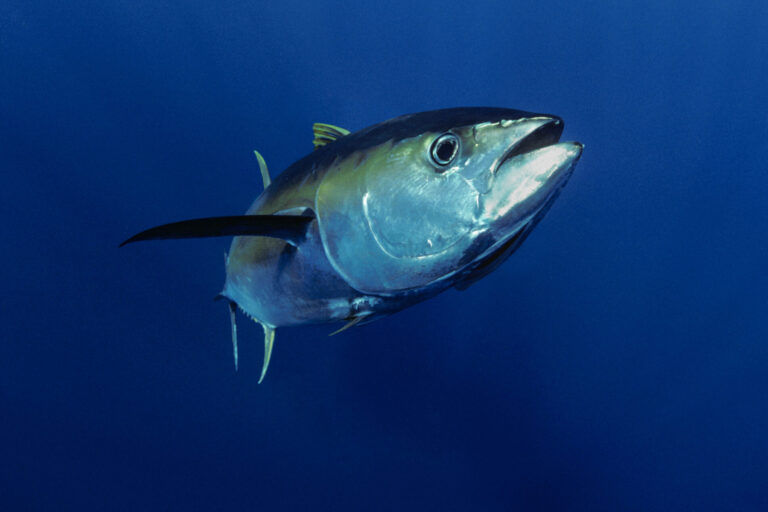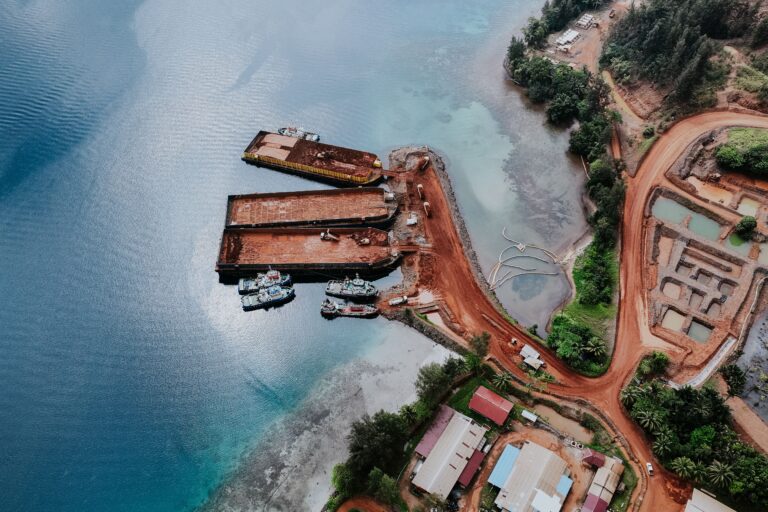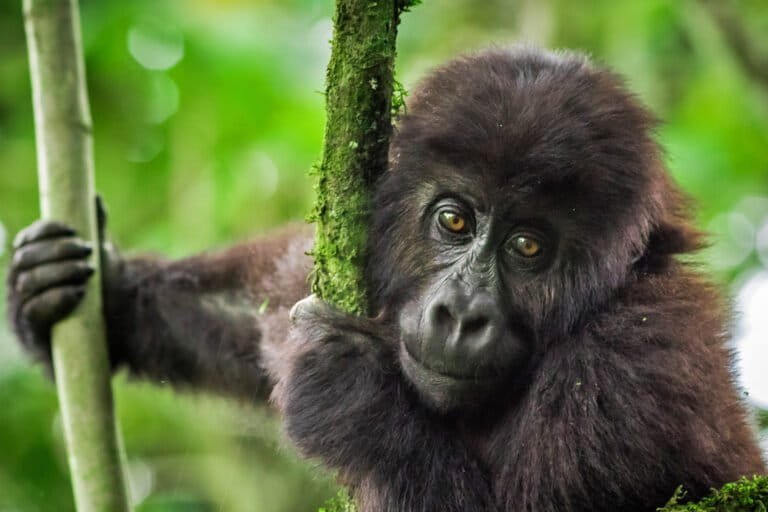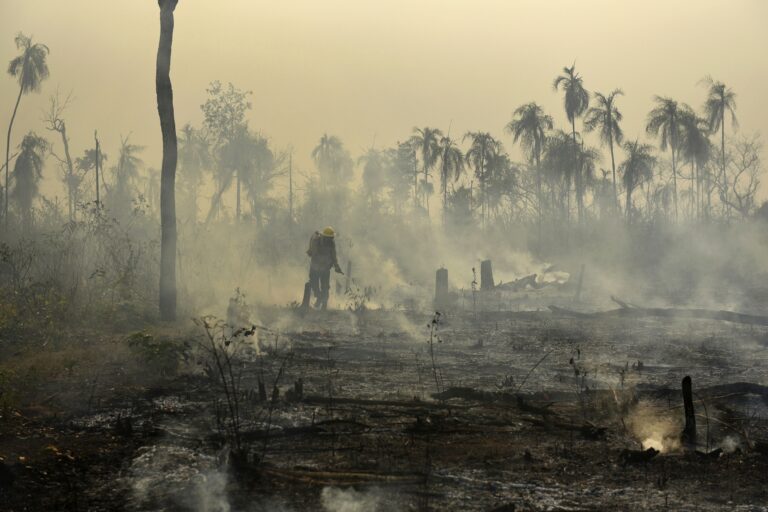- Indigenous people are a high-risk group in the face of the coronavirus due to malnutrition, disease and poor health services.
The health situation of indigenous peoples due to infectious-contagious diseases is already serious due to its high prevalence and the very poor health service. The coronavirus would further aggravate this situation,” Peruvian anthropologist Beatriz Huertas, who specialises in indigenous peoples, says of the health conditions and risks that Amazonian peoples now face in the presence of the COVID-19 strain of coronavirus.
The pandemic that has the world on the edge has led several Latin American countries to close borders and declare states of emergency, amid containment measures against the increase in cases of people infected with the virus.
In Peru, President Martín Vizcarra declared a state of national emergency on March 15 for 15 days, while Venezuelan president Nicolás Maduro, ordered quarantine in seven states of the country. Ecuador also put restrictions on the movement of people and vehicles. Airports are prohibiting the arrival and departures of flights to different parts of the world.

Permanent risk
According to the United Nations (UN), more than 50% of indigenous people over the age of 35 suffer from type 2 diabetes. Indigenous peoples also experience high levels of maternal and infant mortality, malnutrition, cardiovascular conditions, HIV and AIDS and other infectious diseases such as malaria and tuberculosis, according to the United Nations Department of Economic and Social Affairs.
“Indigenous peoples have much poorer health, are more likely to become disabled, have their quality of life decline and, ultimately, die younger than other people,” the UN explains.
Indigenous people are extremely vulnerable. Huertas says that in indigenous communities the prevalence of diseases such as hepatitis B, tuberculosis, malaria or dengue is high.
“How will they deal with COVID-19? Furthermore, the high rates of anemia affect their immune system and leave them highly exposed to disease.”
“We have no data on what happened in indigenous areas of Peru with previous pandemics. In the case of H1N1 [Swine flu], data from the US, Australia and Canada showed that death rates for indigenous people were three to seven times higher compared to non-indigenous people,” adds Carol Zavaleta, a doctor in health geography and researcher at Cayetano Heredia University’s Intercultural and Indigenous Health Citizen Unit.

Zavaleta is concerned about the rates of malnutrition and anemia among indigenous peoples, as well as poor access to good health services and the absence of drinking water. She also recalls what happened with HIV, when people were infected and it could not be controlled in populations such as the Awajún in Peru.
Despite the fact that there is no data in Latin American countries on these foreign infections, Zavaleta points out that there is information on outbreaks during the arrival of religious missions and of people who entered the Amazon to carry out extractive activities.
“In none of these circumstances is indigenous mortality less than or equal to non-indigenous. This is also a foreign disease and therefore completely new to them,” says Zavaleta.
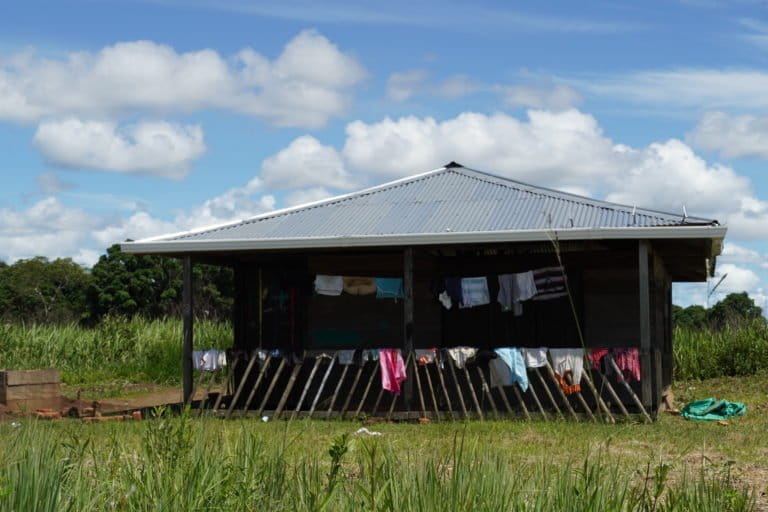
Coronavirus restrics entry into indigenous territories
Indigenous Organizations of the Amazon Basin (COICA) made an emergency call to the governments of the nine member countries sharing the Amazon rainforest (Bolivia, Brazil, Colombia, Ecuador, Guyana, Peru, Suriname and Venezuela, plus French Guiana) to take sanitary measures and prepare contingency plans for the specific situation facing indigenous peoples.
Among the measures proposed by the regional indigenous organisation, there is strict control of entry and exit to indigenous territories, especially of people who do not belong to these communities, as well as limitations on indigenous access to places of tourism or where there are crowds. They also suggest developing specific plans for possible outbreaks of coronavirus.
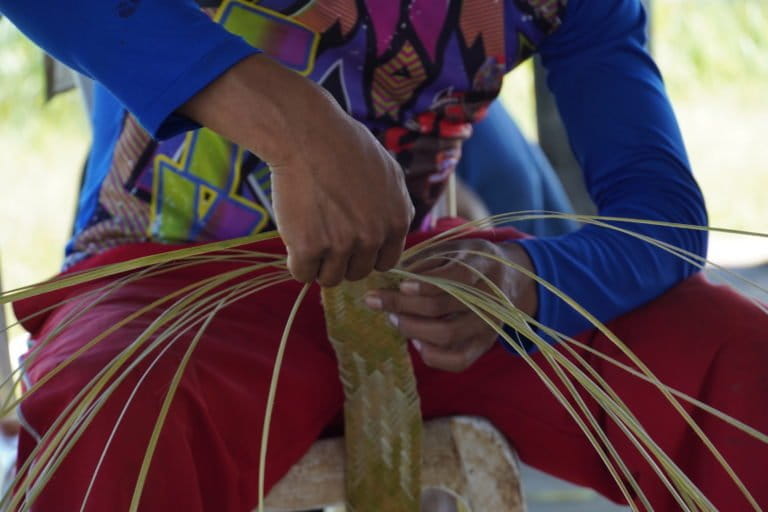
“There are 506 indigenous peoples who would be at imminent risk, in addition to 76 isolated indigenous peoples, whose immune systems are very weak and any flu coud lead to their disappearance. A pandemic of this magnitude for native communities would mean a catastrophe of great proportions,” says Colombian leader Robinson López, climate change and biodiversity coordinator at COICA.
López says that tourism must be immediately suspended in indigenous territories, so that any contagion can be avoided. Furthermore, he says indigenous leaders outside their territories should not return to their communities since they could be carriers of the virus.
López adds that indigenous authorities can make independent control decisions in their territories and restrict entry.
In Colombia, the Ministry of Health and Social Protection and the Ministry of the Interior issued a newsletter on March 16 detailing specific actions for the prevention, containment and mitigation of coronavirus among ethnic groups.

Among the recommendations is that indigenous groups remain within their territory and avoid leaving it in order to reduce exposure to the risk of contagion. They also propose limiting the entry of people from outside the communities such as tourists and NGO staff and activities with mass participatation, among other prevention measures.
In Peru, the Ministry of Culture has coordinated with the Regional Health Directorates of 14 regions that host indigenous populations, to support prevention strategies against the spread of the coronavirus and ensure information and adopted measures is translated into indigenous or native languages.
Héctor Requejo, mayor of Condorcanqui, a border province between Peru and Ecuador, has announced that entrance roads to the territory of the Awajún and Wampis communities in Peru will be controlled, as well as the entry of foreigners into their communities. Public meetings have been prohibited.
Shortcomings in health services
Indigenous leader Ruth Buendía, a representative of the Interethnic Association for the Development of the Peruvian Jungle (Aidesep), points out that health infrastructure in the provinces is deficient and that there are no basic services in the communities.
“Many people die from the flu, it will be much worse with this virus. A lot of the time there is no way for them to get to a health centre,” says Buendía. She adds that the current crisis should be an opportunity to build hospitals in the regions, however, she recalls what happened in northern Peru, with the planned reconstruction after damage caused by the El Niño weather phenomenom that caused major floods in 2017, and that has not advanced sufficiently.

Andrés Tapia, communications chief at the Confederation of Indigenous Nationalities of the Ecuadorian Amazon (Confeniae), says that in his country, indigenous federations have empowered each nationality to take necessary actions within their territory.
“The Achuar Nationality of Ecuador (NAE) has closed the entry of tourists to its territory and requested that the lodges that host foreign visitors remain closed,” says Tapia.
The indigenous leader also mentions that one of the people who tested positive for coronavirus was a tourist who was in the Cuyabeno Wildlife Reserve.
“The other organisations are analysing what actions they will take and if there is a possibility of contagion, they will take similar measures,” says Tapia, adding that in Ecuador there are no specific protocols in situations like these for indigenous communities.

Indigenous leader Alex Villca, from the Coordinator of Defense of Indigenous, Native, Peasant and Protected Territories (Contiocap), points out that Bolivia could become the most vulnerable and unprotected country for this type of virus.
“Health personnel are not qualified to attend in the event that the virus increases in the country,” he says.
Villca adds that so far no positive case has emerged among Bolivia’s 36 indigenous nationalities. However, he says it’s a risk for those communities that provide tourist services to foreigners, although he considers that with restrictions at airports and borders, “the tourist flow will be nil.”
Villca is worried about the consenqeuces of the pandemic.
“There will be a big gap in the global economy and, therefore, it could be an excuse for attacks to be made against nature, indigenous territories and protected natural areas,” he says.
Coronavirus and indigenous people: simmering danger
For epidemiologist Eduardo Gotuzzo, director of the Institute of Tropical Medicine at the Peruvian University Cayetano Heredia, the prognosis for indigenous peoples if the virus reaches their communities is not good.
“If it gets to the native communities there will be a lot of sickness and death. We have to put emphasis on high-risk populations such as indigenous peoples,” he says.

However, Gotuzzo says that health in Latin America has been what Spanish-speakers call “the Cinderella” sector – the one that is most often overlooked. Resources allocated are few, health centers are not setup and there are not enough specialists. “The health crisis is permanent.”
Indigenous peoples living in isolation are also a major concern. Peruvian indigenous leader Ruth Buendía points out that in regions such as Madre de Dios and Ucayali, peoples in voluntary isolation are in danger.
In a statement, Coica has called on governments to take sanitary measures for peoples who are in hard-to-access places and for indigenous peoples in voluntary isolation.

Beatriz Huertas says that the effects on the populations of initial contact would be much more serious. Cases of mass deaths for indigenous peoples in voluntary isolation have occurred previsouly and have been caused by diseases such as influenza or measles, for which they have no immunity. In these cases, the death rate was massive and devastated entire populations.
Banner image: Matshiguenga people. Image by: Thomas J. Müller.
This story originally appeared on Mongabay Latam on March 16, 2020 and was translated by Diálogo Chino.






